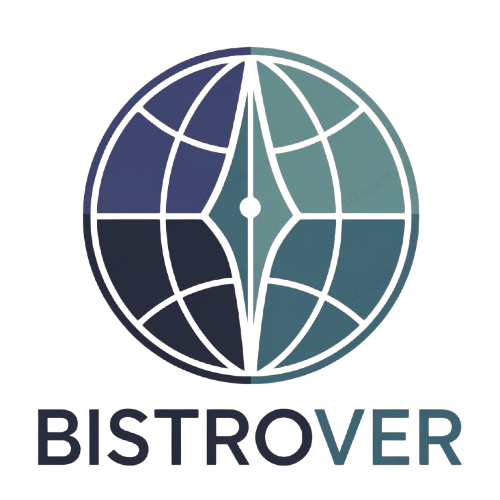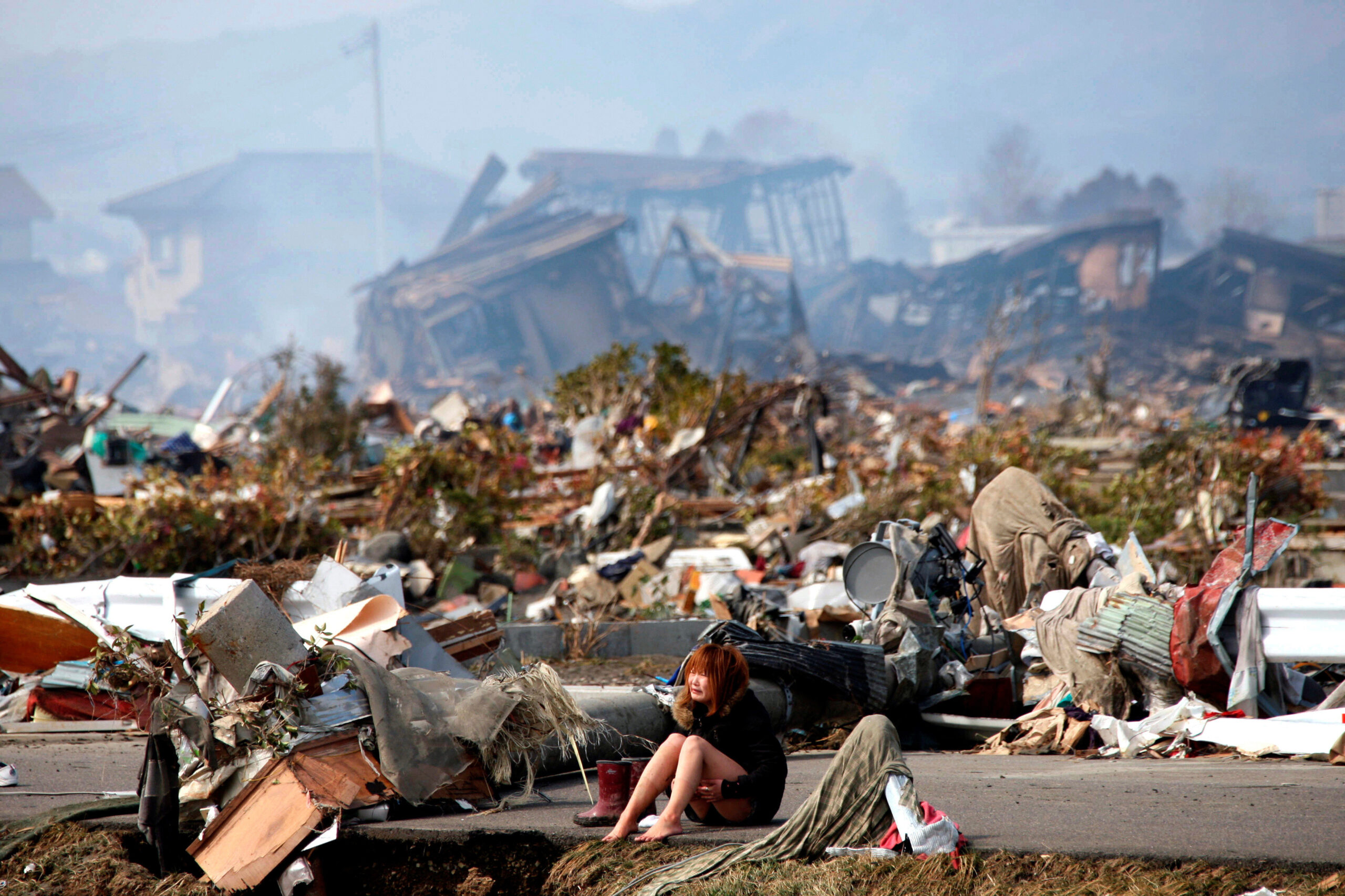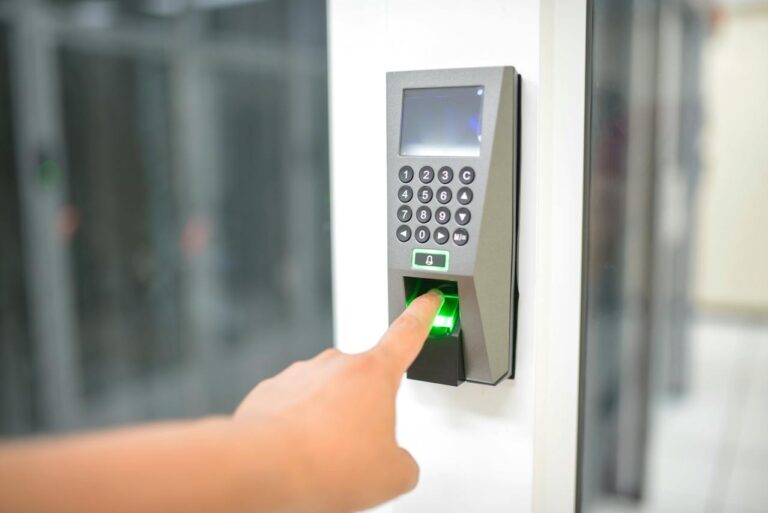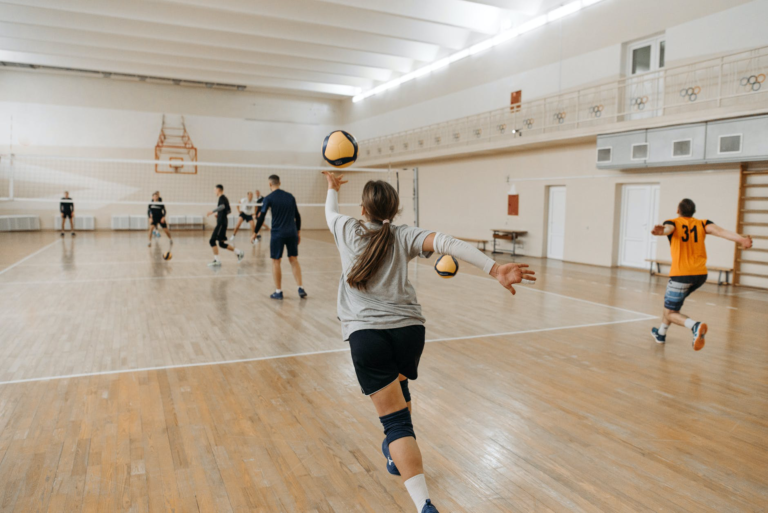The Growing Risk of Losing Memories to Natural Disasters
In recent years, the world has witnessed a significant increase in the frequency and intensity of natural disasters. From devastating hurricanes and wildfires to catastrophic floods and earthquakes, these events pose a serious threat to our homes, belongings, and most importantly, our cherished memories. As we navigate an era marked by climate change and unpredictable weather patterns, it’s crucial to recognize the risks we face in preserving our personal histories and take proactive steps to protect our irreplaceable family keepsakes.
What’s at Stake
The emotional toll of losing family memories can be profound. Items such as photographs, heirlooms, and personal keepsakes often hold deep sentimental value, serving as tangible connections to our past. They tell stories of our ancestors, document important life events, and remind us of cherished moments shared with loved ones. When disasters strike, the loss of these items can feel like a double blow—first to our homes and second to our hearts.
Consider the anguish of a family who loses a collection of photographs chronicling their children’s milestones, or the heartache of someone who loses a beloved heirloom passed down through generations. These items are often irreplaceable, and their loss can leave a void that is difficult to fill. Therefore, safeguarding our memories should be a top priority as we face the realities of increasing natural disasters.
Preparing for the Inevitable
Preparation is key to protecting our precious memories from the ravages of natural disasters. Here are some practical steps to help safeguard your most valuable items:
- Create a Disaster Preparedness Plan: Start by developing a comprehensive plan that includes a list of essential items to protect in case of an emergency. This list should prioritize sentimental items, ensuring that they are easily accessible when you need to evacuate.
- Invest in Quality Storage: Utilize waterproof and fireproof storage solutions for your most cherished belongings. High-quality containers can protect items from water damage, smoke, and heat. Keep these containers in elevated areas to mitigate the risk of flooding.
- Designate a Safe Room: If possible, create a designated safe space within your home to store important keepsakes. This area should be equipped with secure storage options and easily accessible in case of an emergency.
- Take Inventory: Regularly update an inventory of your sentimental items. Document their condition and significance. This practice not only helps in knowing what to save but also assists in insurance claims should the need arise.
Building a Disaster-Proof Archive
Creating a disaster-proof archive involves careful consideration of how to store physical keepsakes in safe, weather-resistant locations. Here are some tips for effective storage:
- Use Archival Quality Materials: When storing photos and important documents, opt for archival-quality storage materials that are acid-free and designed to prevent degradation over time.
- Consider the Environment: Ensure that your storage area is temperature and humidity-controlled. Extreme fluctuations can cause damage to photos and memorabilia.
- Elevate Storage: Keep storage containers elevated off the ground to protect them from floodwaters. Consider using shelves or cabinets that are water-resistant.
- Secure Valuables: Use locking storage units or safes for the most precious items, such as family heirlooms or legal documents. This adds an extra layer of protection.
Digitization as a Backup Plan
In addition to physical storage, digitization serves as an effective backup plan for preserving family memories. By converting physical items to digital formats, you can ensure that your memories remain intact even if the originals are lost to a disaster.
In the bygone era, VHS tapes were the standard for videos, and 35mm slides were the popular choice for photographs. Fortunately, digitization has become increasingly popular, allowing you to convert your VHS tapes to digital formats and transform 35mm slides into digital images.
Many people still prefer to have physical copies of their memories, but instead of the bulky VHS tapes, they can now transfer their content to smaller devices like USB drives. Numerous companies today offer VHS to USB conversion services, making it easy to preserve your cherished videos and photos in a more compact and accessible format.
Conclusion
As natural disasters become more frequent and severe, the risk of losing our most cherished memories increases. The emotional toll of losing family photos, heirlooms, and keepsakes can be devastating. By taking proactive steps to prepare and protect our valuable items, including creating a disaster preparedness plan, investing in quality storage solutions, and digitizing our memories, we can enhance security with Richmond Hill IT services to safeguard our personal histories against the inevitable threats posed by nature. Don’t wait until disaster strikes—start preserving your family’s legacy today and ensure that your most precious memories endure through the challenges ahead.







